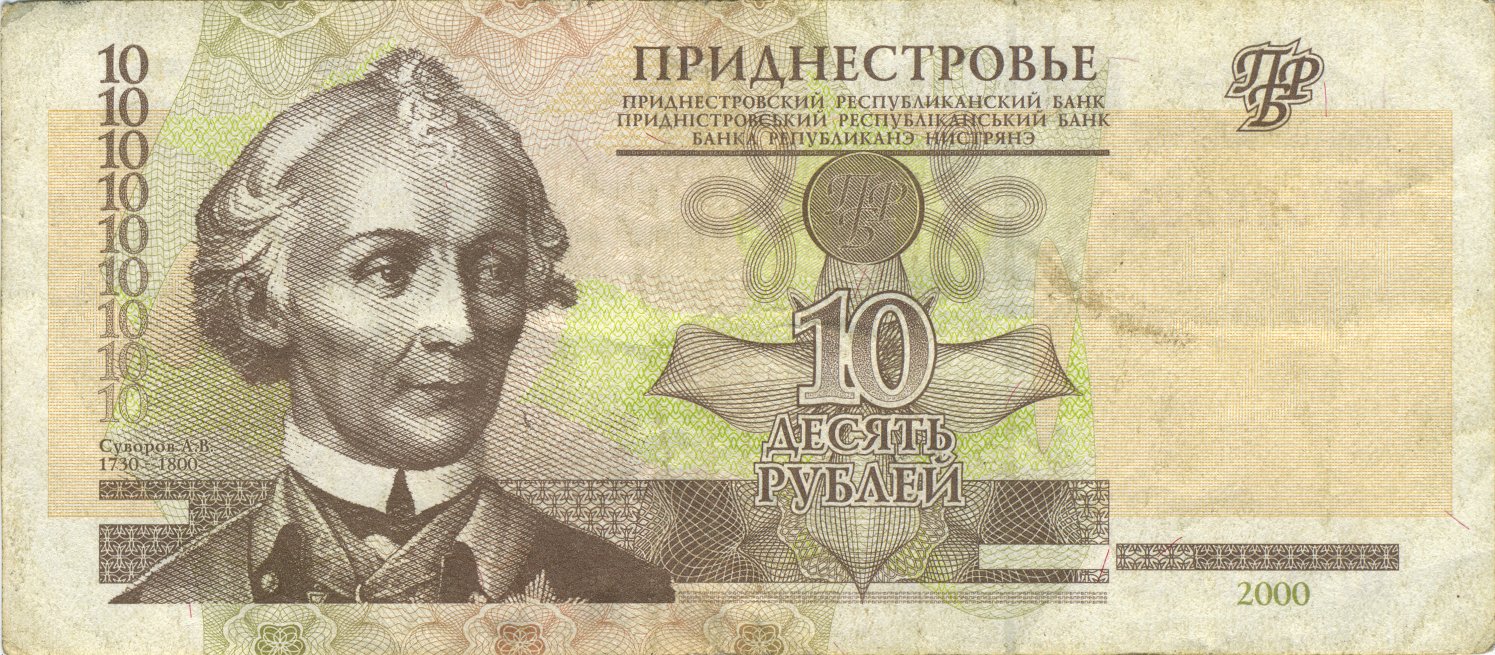
In mid April earlier this year, the finance minister Arun Jaitley spoke at the Peterson Institute, a Washington based think tank. In his speech, Jaitley said that in late 2013, India was “teetering” and was “on the edge of a macro-economic crisis”. “Inflation was at double-digits, the current account deficit at 4 percent of GDP, growth was decelerating sharply, investor confidence was evaporating, capital was fleeing the country, the rupee was plunging; fiscal deficits were high; and India was reeking with the odour of corruption scandals and weak governance,” Jaitley went on to add.
After the Narendra Modi government came to power, most of these economic problems have been corrected, Jaitley said during the course of his speech. Jaitley further said that: “A budget…which reinivigorates growth by emphasizing public investment while maintaining fiscal discipline and protecting the vulnerable,” was passed.
What Jaitley, like a good politician, missed out on saying was that a lot of economic factors improved simply because the oil prices crashed. On May 26, 2014, when the Narendra Modi government took oath of office, the price of the Indian basket of crude oil was at $108.05 per barrel. It fell by around 60% to $43.36 per barrel by January 14, 2015.
This rapid fall in the price of oil helped set many economic factors right. India imports close to 80% of its oil requirements. As the oil price fell, oil imports came down in dollar terms bringing down the current account deficit. In technical terms, the current account deficit is the difference between total value of imports and the sum of the total value of its exports and net foreign remittances. Or to put it in simpler terms, it is the difference between outflow (through imports) and inflow (through imports and foreign remittances) of foreign exchange.
Further, oil is bought and sold in dollars. When Indian companies buy oil, they need to pay in dollars. This pushes up the demand for dollars and leads to the value of the rupee falling against the dollar. When oil prices rise, Indian companies need more dollars to buy oil. And this in turn puts a greater amount of pressure on the value of the rupee against the dollar. With oil prices falling dramatically, the total amount of dollars needed to buy oil also fell. This, to some extent, stabilized the value of the rupee against the dollar.
Falling oil prices even had an impact on the fiscal deficit. Fiscal deficit is the difference between what a government earns and what it spends. When the oil prices were rising the Congress led UPA government did not allow the oil marketing companies (Indian Oil, Bharat Petroleum and Hindustan Petroleum) which sell oil products, to sell them at a price at which it was financially viable for them to do so.
In the process they incurred under-recoveries. The government along with oil production companies like ONGC and Oil India Ltd, compensated the oil marketing companies for these under-recoveries. This led to the government expenditure going up and in the process the fiscal deficit also went up. A higher fiscal deficit leads to the government borrowing more, in the process pushing up interest rates, as the amount of money that others can borrow comes down.
Falling oil prices also had some impact on taming rampant double digit inflation.
In his Washington speech Jaitley took credit for all of the above economic factors improving because of the change in government. Nevertheless, falling oil prices had a huge role to play in the improvement on the economic front, Jaitley’s speech notwithstanding.
Oil prices have been rising in the recent past. On March 31, 2015, the last day of the financial year 2014-2015, the price of the Indian basket for crude oil was at $53.64 per barrel. On May 8, 2015 (the most recent data point available), the price of the Indian basket of crude oil was at $64.05 per barrel. Hence, the oil price has risen by close to 50% from mid January 2015 onwards.
What does not help is the fact that one dollar is now worth close to Rs 64. This means that the Indian companies buying oil will have to pay more. As long as they are able to pass this on to the end consumers of oil products like diesel and petrol, it does not really matter. But what if they are not?
In October 2014, the government had deregulated the price of diesel, allowing the oil companies to set the price of diesel depending on the prevailing international price of oil. Interestingly, the government used the fall in oil prices as an opportunity to shore up its revenues from oil by increasing the excise duty on petrol and diesel multiple times.
At close to $64 per barrel, the price of oil is still around 41% lower than where it was on May 26, 2014, when the Modi government took oath of office. Nevertheless, the price of petrol in Mumbai is at Rs 70.84 per litre, only 11.5% lower from the time when the Modi government came to power. The price of diesel is 12.8% lower.
The real test of deregulation will come if the price of oil keeps going up and the price of petrol and diesel cross the levels they were at when Narendra Modi came to power. In fact, the oil minister Dharmendra Pradhan recently said: “The subsidy-sharing formula…can be extended…if the current market situation prevails.” He was referring to the compensation paid by the oil production companies like ONGC and OIL to the oil marketing companies. The compensation has come down because of the fall in the price of oil. The oil production companies still continue to compensate the oil marketing companies for the under-recoveries suffered on selling cooking gas etc.
But what Pradhan did not say is what happens if the current market situation does not prevail and the oil prices continue to go up? Will the compensation provided by the oil production companies go up? This would mean that the government would force the oil marketing companies to sell oil products like diesel and petrol at an unviable price.
It would also mean that the government would have to share the compensation provided to the oil marketing companies for their under-recoveries, with the oil production companies. It would lead to a higher fiscal deficit. Rising oil prices will also put pressure on the current account deficit as well as the value of the rupee against the dollar. Inflation will also go up to some extent depending on how much increase in the price of oil is allowed to be passed on to the end consumer. A higher inflation will mean that the Reserve Bank of India will not cut interest rates.
To conclude, the Modi government was very lucky with the price of oil falling by 60% between May 2014 and January 2015. That luck might now have started to run out, as it completes its first year in office.
(Vivek Kaul is the author of the Easy Money trilogy. He tweets @kaul_vivek)
The column originally appeared on DailyO on May 11, 2015



